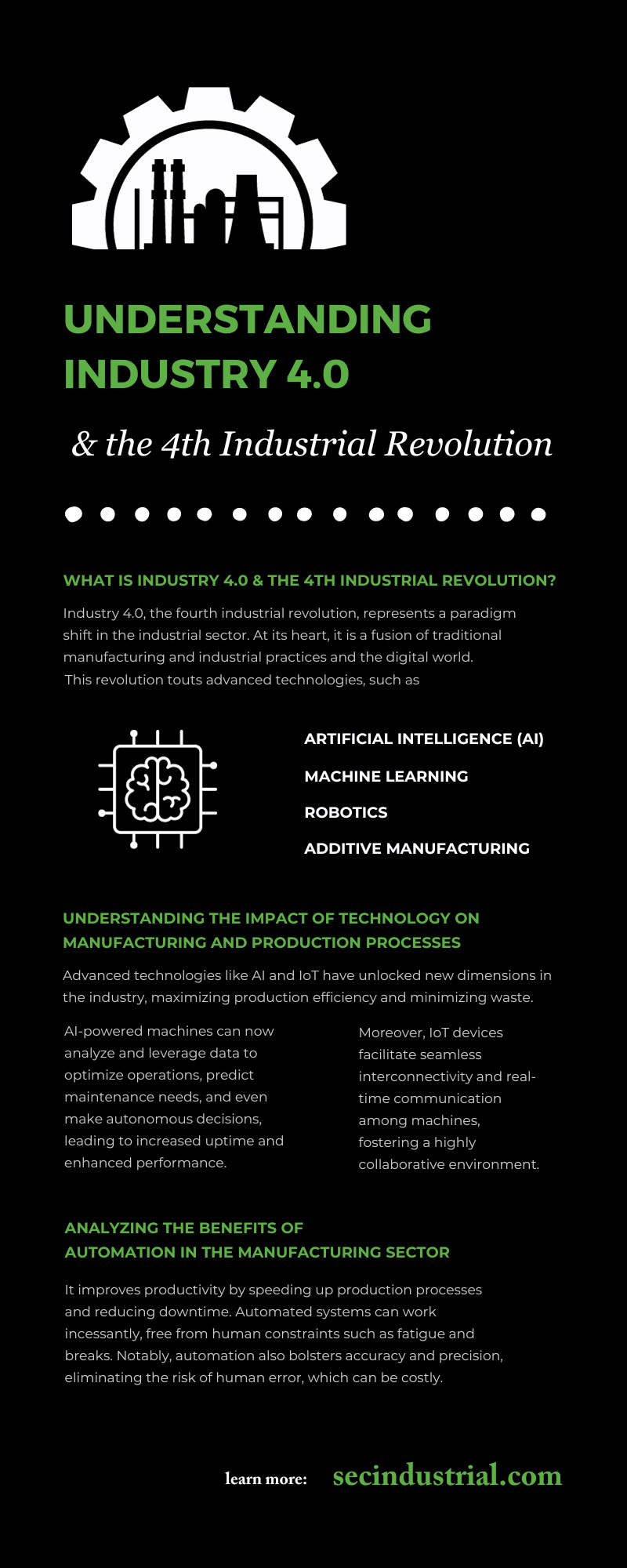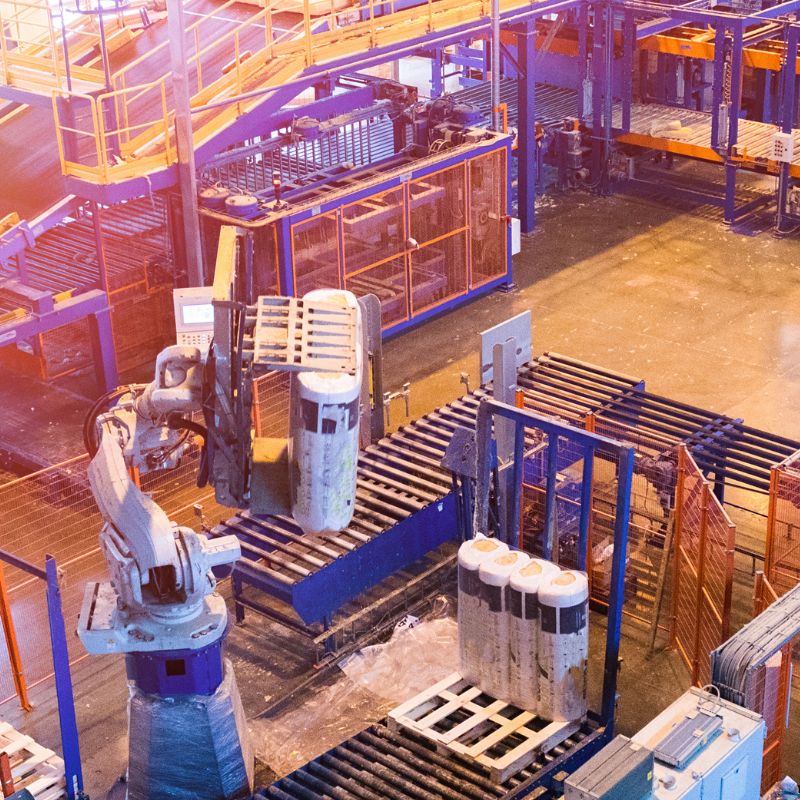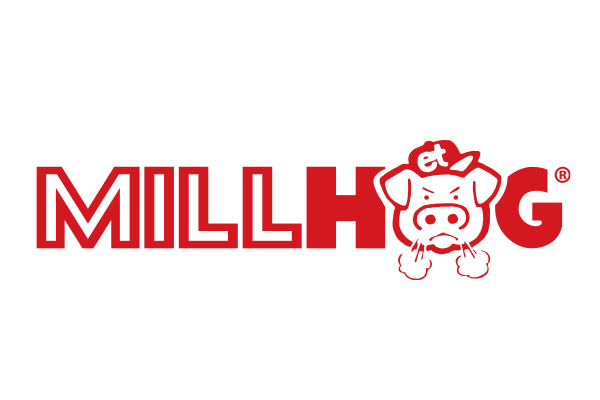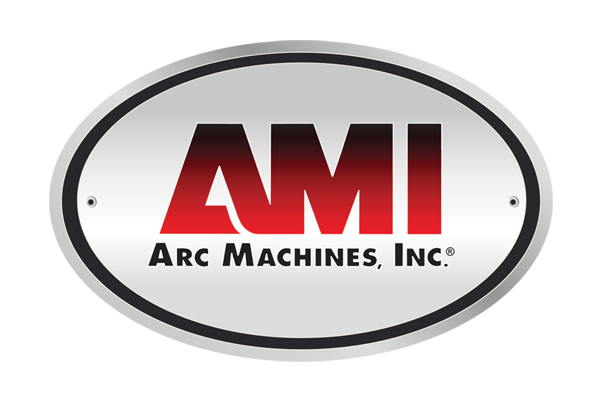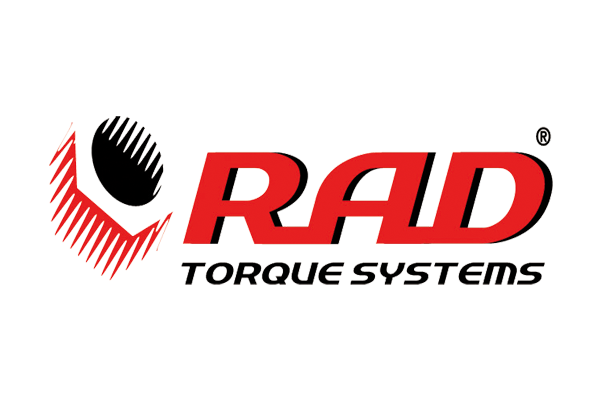Understanding Industry 4.0 & the 4th Industrial Revolution
The Fourth Industrial Revolution, also known as Industry 4.0, heralds a new era of technological advancement and digital integration in the industrial sector. It signifies the ongoing automation of traditional manufacturing and industrial practices facilitated by the latest smart technology. The fusion of the physical and digital worlds through the Internet of Things (IoT) and cloud technology supports this revolution, transforming how industries function.
Understanding Industry 4.0 and the Fourth Industrial Revolution can provide valuable insights into the current and future landscape of the industrial sector. Let’s delve deeper into what Industry 4.0 entails and how it shapes the industrial landscape.
What Is Industry 4.0 & the 4th Industrial Revolution?
Industry 4.0, the fourth industrial revolution, represents a paradigm shift in the industrial sector. At its heart, it is a fusion of traditional manufacturing and industrial practices and the digital world. This revolution touts advanced technologies, such as Artificial Intelligence (AI), machine learning, robotics, and additive manufacturing, that we can manage with cloud technology and connect through the Internet of Things (IoT). It allows for the creation of “smart factories” where machines produce real-time data for us to analyze, enabling predictive maintenance, self-monitoring and optimizing, increased efficiency, and reduced costs.
Indeed, as we navigate deeper into the era of Industry 4.0, the lines between the physical and digital worlds will continue to blur, bringing unprecedented change and opportunities to the industrial landscape.
Understanding the Impact of Technology on Manufacturing and Production Processes
The impact of technology on manufacturing and production processes under Industry 4.0 is transformative. Advanced technologies like AI and IoT have unlocked new dimensions in the industry, maximizing production efficiency and minimizing waste. AI-powered machines can now analyze and leverage data to optimize operations, predict maintenance needs, and even make autonomous decisions, leading to increased uptime and enhanced performance.
Moreover, IoT devices facilitate seamless interconnectivity and real-time communication among machines, fostering a highly collaborative environment. This network of intelligent machines dubbed the “Internet of Production,” is capable of producing goods of unprecedented quality at a rapid pace. Additionally, technologies like 3D printing bring about flexibility in production, enabling customization at no additional cost.
As a result, Industry 4.0 increases efficiency and redefines the nature of production, ushering in an era of “smart manufacturing.”
Analyzing the Benefits of Automation in the Manufacturing Sector
Automation in the manufacturing sector under Industry 4.0 yields manifold benefits. It improves productivity by speeding up production processes and reducing downtime. Automated systems can work incessantly, free from human constraints such as fatigue and breaks. Notably, automation also bolsters accuracy and precision, eliminating the risk of human error, which can be costly. It also enhances safety in the workplace by performing tasks that could be hazardous to humans, such as handling heavy equipment or toxic materials.
Furthermore, automation can lead to significant cost savings in the long run by reducing labor costs and minimizing waste. More importantly, it translates into a more responsive and flexible manufacturing system that can adapt to changes in demand rapidly and efficiently. These benefits of automation, powered by Industry 4.0 technologies, make it an indispensable part of modern manufacturing.
Developing Cyber-Physical Systems To Improve Efficiency and Cost Savings
Cyber-Physical Systems (CPS) are integral to Industry 4.0 and key to improving efficiency and achieving cost savings. These systems bridge the gap between the digital and physical worlds, enabling seamless communication and control. They consist of smart machines, storage systems, and production facilities capable of autonomously exchanging and responding to information. The data generated and analyzed by CPS allows for predictive maintenance, significantly reducing downtime and associated costs.
Furthermore, these systems facilitate the optimization of production processes, ensuring the efficient use of resources. By enabling real-time monitoring and control of manufacturing processes, CPS helps to enhance overall productivity, reduce waste, and accelerate the delivery of high-quality products. Hence, the development and integration of CPS within the industrial sector are fundamental to realizing the full potential of Industry 4.0.
Exploring Connected Enterprise Strategies for Faster Time-to-Market
Connected enterprise strategies play a pivotal role in accelerating time-to-market in the Industry 4.0 era. These strategies enhance operational efficiency and decision-making processes by promoting real-time data sharing and collaboration across all levels of an organization and its external partners. Advanced technologies such as cloud computing and IoT provide the necessary infrastructure for a connected enterprise, enabling seamless integration and synchronization of processes.
This interconnectivity allows for rapid prototyping, efficient production planning, and swift execution, significantly reducing the product development cycle. Furthermore, leveraging data analytics can yield insightful trends and forecasts, helping businesses promptly align their production with market demands. Hence, adopting a connected enterprise strategy underpins a faster time-to-market, providing a competitive edge in the dynamic industrial landscape.
Integrating Advanced Data Analytics for Improved Business Decision Making
Advanced data analytics plays a crucial role in improving business decision-making in the Industry 4.0 era. Businesses can derive actionable insights by analyzing vast amounts of data generated from various operations, facilitating informed decision-making and strategic planning. Predictive analytics, for instance, can forecast production demands, helping businesses stay ahead of market trends. The real-time data provided by IoT devices can focus on optimizing production processes, reducing waste, and enhancing efficiency.
Data analytics can reveal patterns and relationships that might go undetected, providing a comprehensive understanding of the business landscape. Therefore, integrating advanced data analytics is central to maximizing the potential of Industry 4.0, turning data into a strategic asset that drives increased productivity and profitability.
Understanding Industry 4.0 and the Fourth Industrial Revolution strengthens our grasp on how profoundly the evolution of industry reshaped the industrial landscape, bringing about a paradigm shift in manufacturing practices and operations. These changes are not merely improving productivity and efficiency but are also redefining the very nature of production. This transformative power is evident in its numerous benefits—from increased safety and cost savings to enhanced flexibility and responsiveness.
Integrating advanced technologies and strategies becomes critical as organizations continue to navigate this revolution. By embracing these changes, businesses can harness the full potential of Industry 4.0, achieving operational excellence and a significant competitive advantage in the evolving industrial landscape.
SEC Industrial can provide you with high-quality orbital welding tools and other products and expert advice to help you meet the demands of Industry 4.0. Contact us today to learn more about how we can support your business in this new industrial revolution era.
